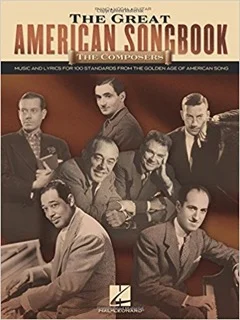Aye, if y’ like most, it’ll be Auld Lang Syne. But, ask aroun’: few will know it’s a poem by a fellow named Robert Burns. An’ fewer still will know what all the words mean. Read this brief post and impress y’ friends!
Robert Burns (1759-1796) is recognized as Scotland’s greatest poet and greatest son (most recognized, most revered). In addition to writing original poetry and songs, he was also a superb collector of earlier Scottish poetry and songs. Scholars feel Auld Lang Syne is based on earlier Scottish poems/songs but is mostly Burn’s poetry. Having written the poem in 1788, he then put the poem to a widely recognized Scottish folk song and published it in 1792. Not only did it become instantly popular in Scotland (where their New Year’s Eve celebration is called Hogmanay), but it quickly spread around the world as revelers sang out the old year and in the new. Different resources offer varying lyrics; those we’ve presented here are (we feel) close to Burns’ original intent as well as close to what you hear sung today. (We’ve put in parentheses in a few spots a brief description in English what his Scottish brogue was saying.)
AULD LANG SYNE (Old long since, long long ago, days gone by, old times)
[1]
SHOULD AULD ACQUAINTANCE BE FORGOT, (Should old acquaintances/old times be forgotten,)
AND NEV-ER BROT TO MIN? (And never brought to mind?)
SHOULD AULD ACQUAINTANCE BE FORGOT,
AND DAYS OF AULD LANG SYNE?
[Chorus]
FOR AULD LANG SYNE, MY DEAR, (For the sake of old times, my dear/my friend/my friends,)
FOR AULD LANG SYNE,
WE’LL TAK’ A CUP O’ KIND-NESS YET, (We’ll take a cup of kindness yet,)
FOR AULD LANG SYNE.
[2]
WE TWO HAE RUN ABOUT THE BRAES, (We two have run about the slopes,)
AND PU’D THE GOWANS FINE; (And picked the daisies fine;)
BUT WE’VE WANDER’D MONY A WEARY FOOT (But we’ve wandered many a weary foot,)
SIN’ AULD LANG SYNE. (For/since auld lang syne.)
[3]
WE TWO HAE PAIDL’T I’ THE BURN, (We two have paddled in the stream,)
FROM MORNIN’ SUN TILL DINE;
BUT SEAS BETWEEN US BRAID HAE ROAR’D, (But seas between us broad have roared,)
SIN’ AULD LANG SYNE.
[4]
AND SURELY YE’LL BE YOUR PINT-STOUP, (And surely you’ll buy your pint cup,)
AND SURELY I’LL BE MINE; (And surely I’ll buy mine;)
AND WE’LL TAK’ A CUP O’ KIND-NESS YET
SIN’ AULD LANG SYNE.
[5]
AND HERE’S A HAND, MY TRUST-Y FRIEN’, (And here’s a hand my trusty friend,)
AND GIE’S A HAND O’ THINE; (And give me a hand of thine;)
WE’LL TAK’ A CUP O’ KIND-NESS YET,
SIN’ AULD LANG SYNE.
[Chorus]
Like the bridge over the River Doon which runs through Burns’ hometown village of Alloway in Ayrshire, Scotland, we’ll use this poem/song as our bridge from 2017 to 2018—both our last blog post of 2017 and our first blog post of 2018 dealing with our favorite poet, Rabbie/Robbie/Robert Burns. Thanks for sharing this journey with us, Dear Ones! We Love You! Happy New Year!

















